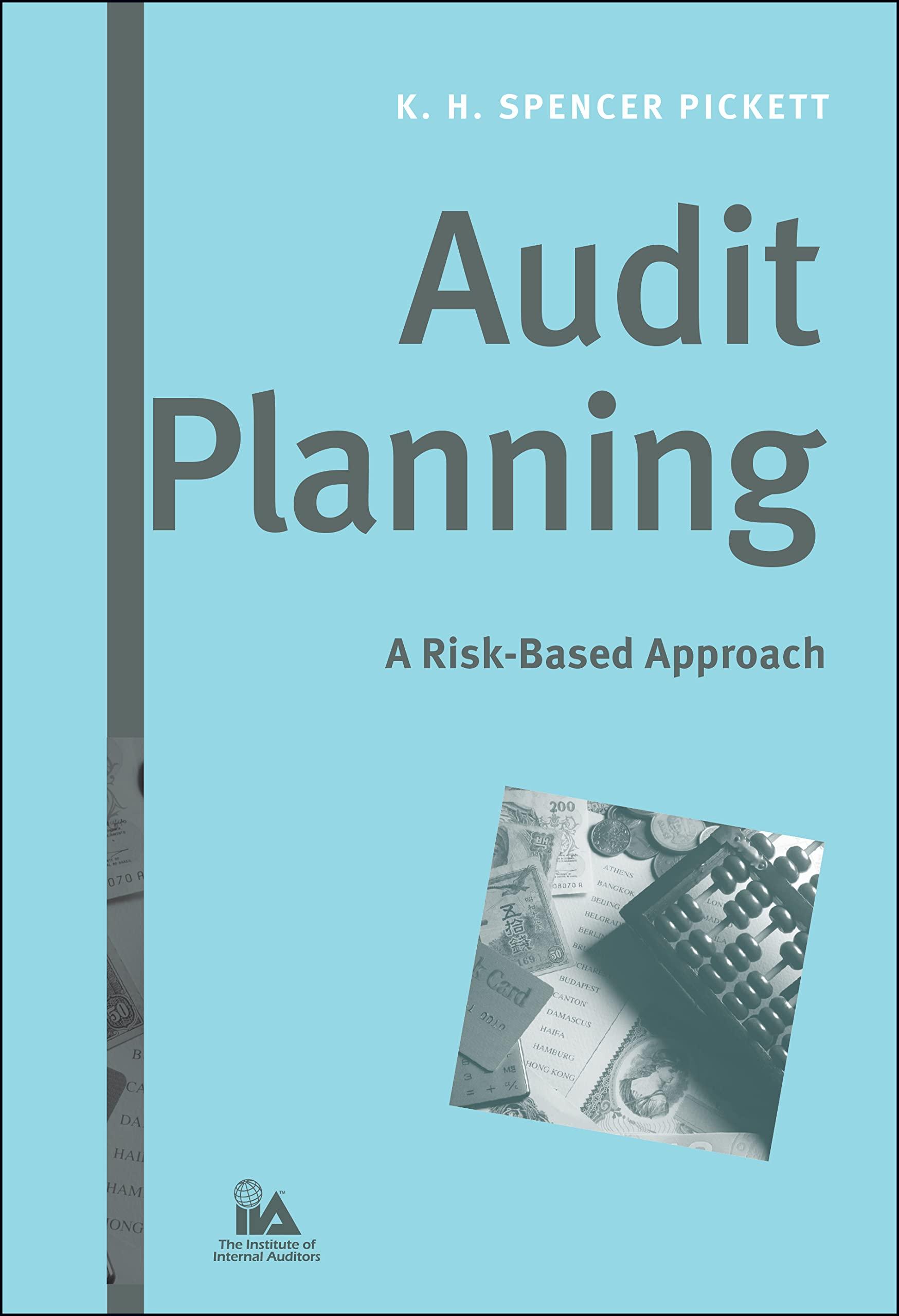Question
After initial measurement of property, plant and equipment, an entity may incur further costs on the asset. These costs must be recorded as: Select one:
After initial measurement of property, plant and equipment, an entity may incur further costs on the asset.
These costs must be recorded as:
Select one:
a.
a debit to the asset account if the costs will lower depreciation charges.
b.
a debit to expense if the costs will lead to increased probable future economic benefits.
c.
a debit to expense if the costs do not increase the asset's probable future economic benefits.
d.
a debit to the asset account if the amount spent is significant.
On 30 January 2020 Kurt Ltd received a truck that had been purchased from Cobain Ltd, second hand (ie, used), at a price of $24,000. Kurt Ltd had to pay an additional $3,000 to add parts so that the truck would be ready to safely drive for Kurt Ltd's employees. The truck was transported to Kurt Ltd's worksite at a cost of $1,500.
During delivery of the truck, damage was done to Kurt Ltd's worksite and cost Kurt Ltd $500 to repair. On 1 February 2020 the truck was ready to use. Kurt Ltd estimated that the truck had a residual value of $1,500 and a useful life of 3 years. Kurt Ltd uses the straight-line method to depreciate trucks.
The amount that Kurt Ltd should record for depreciation on 30 June 2020 is:
Select one:
a.
$3,750
b.
$9,000
c.
$4,500
d.
$3,125
After initial recognition on 1 December 2020 of equipment at $40,000 (straight line depreciation, 8 years useful life), equipment is carried at what amount on 30 June 2021?
Select one:
a.
$37,083
b.
$2,917
c.
$40,000
d.
$35,000
Fancy Ltd acquired a vehicle on 1 July 2019 for $32,000. The estimated useful life of the vehicle at acquisition date was 4 years and the residual value was $2,000. Fancy Ltd uses straight line depreciation on vehicles. The company sold the vehicle on 1 January 2022 for $12,000.
The journal entry(ies) needed to reflect the sale will be:
Select one:
a.
DR Cash 12,000 CR Proceeds on sale 12,000; DR Carrying amount of vehicle 13,250 CR Vehicle 13,250
b.
DR Cash 12,000 CR Proceeds on sale 12,000; Dr Accumulated depreciation 26,250 DR Carrying amount of vehicle 5,750 CR Vehicle 32,000
c.
DR Cash 12,000 DR Accumulated depreciation 18,750 DR Loss on sale 1,250 CR Vehicle 32,000
d.
DR Cash 12,000 DR Accumulated depreciation 22,500 CR Gain on sale 2,500 CR Vehicle 32,000
On 1 January 2020, Larry Ltd decided to trade in equipment that had been acquired by the company at a cost of $55,000 on 1 July 2017. The equipment had been estimated to have a useful life of 5 years (no residual value). The new equipment had a cost of $70,000. Larry Ltd was given a trade-in allowance of $30,000 and paid the balance in cash.
On 1 January 2020, in relation to the trade in of the old equipment, Larry Ltd should recognise in the profit and loss statement a:
Select one:
a.
Gain on trade in of $2,500
b.
Gain on trade in of $8,000
c.
Loss on trade in of $2,500
d.
Gain on trade in of $40,000
Step by Step Solution
There are 3 Steps involved in it
Step: 1

Get Instant Access to Expert-Tailored Solutions
See step-by-step solutions with expert insights and AI powered tools for academic success
Step: 2

Step: 3

Ace Your Homework with AI
Get the answers you need in no time with our AI-driven, step-by-step assistance
Get Started


